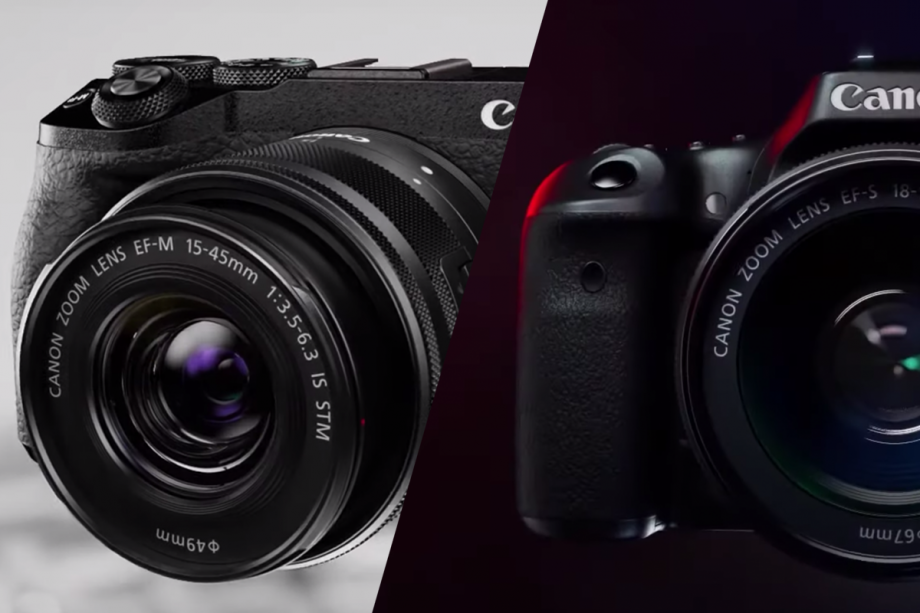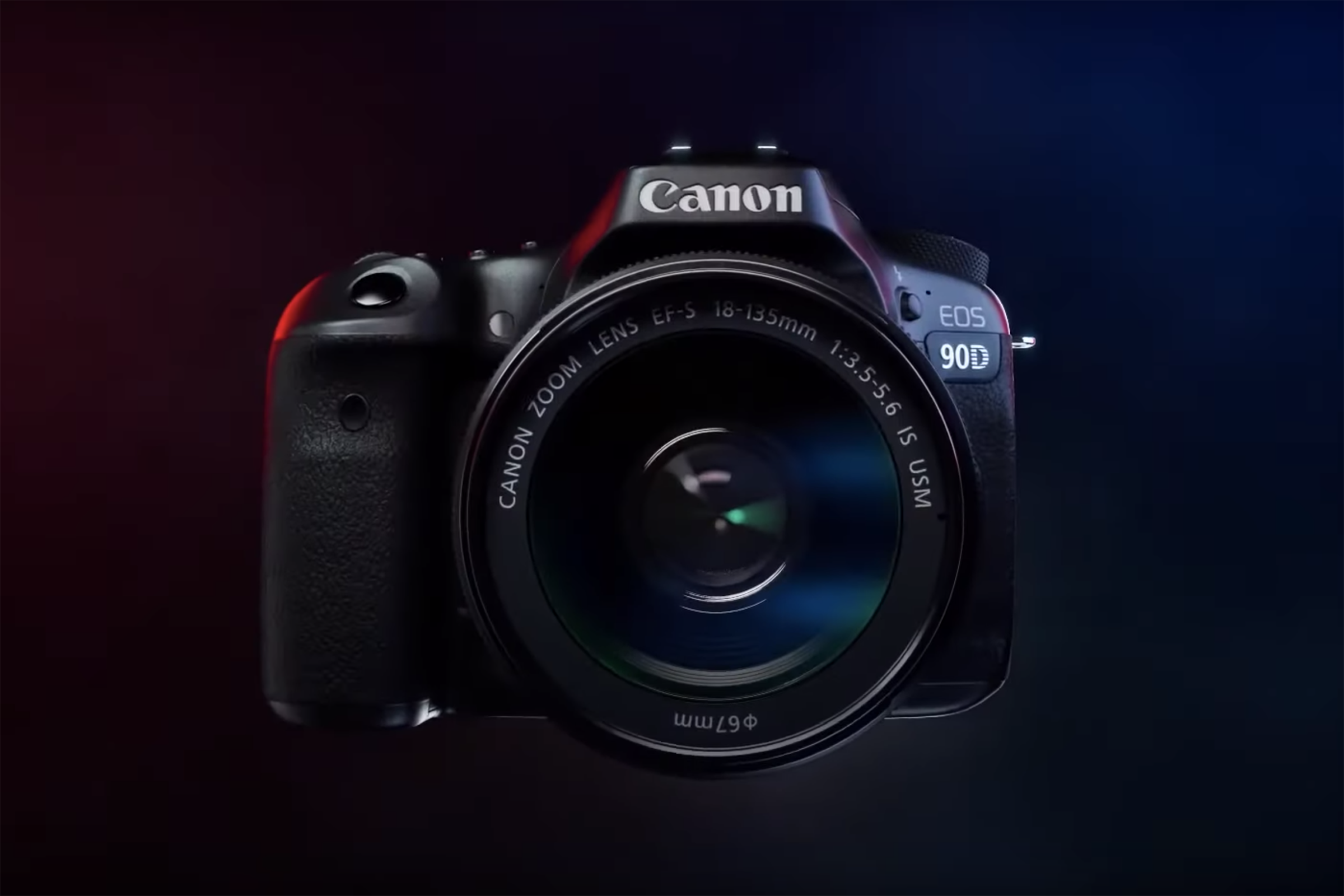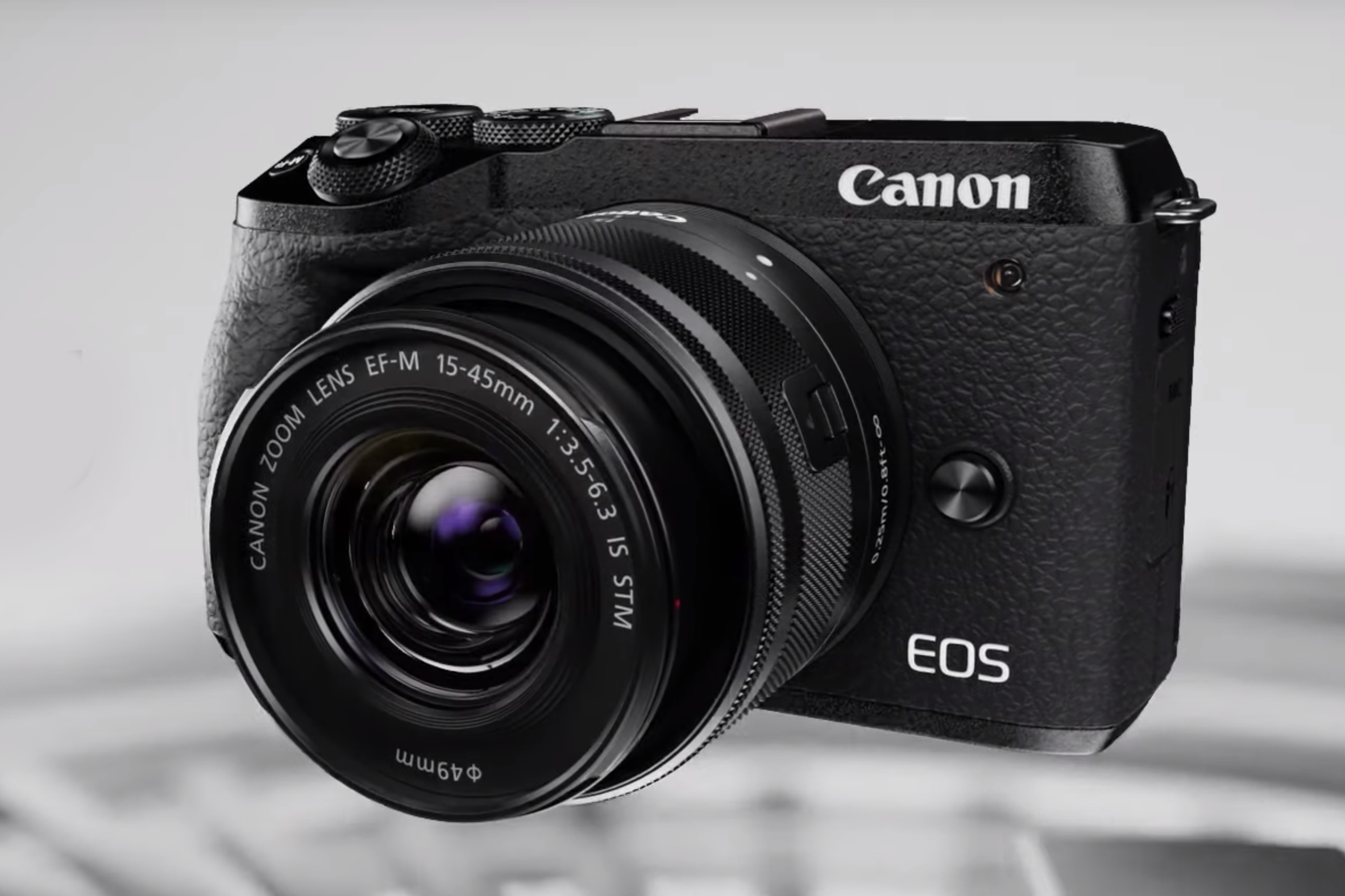The Canon 90D and Canon M6 Mark II reveal their surprising UK price tags

It’s hard to remember a more comprehensive leak (or staggered launch, if you’re being cynical) than the Canon 90D and M6 Mark II, which prematurely appeared in marketing videos last week – but this morning Canon has finally revealed their official price tags, launch dates and specs.
Both cameras are built around identical shooting engines, which includes a new 32.5-megapixel sensor and Canon’s latest Digic 8 processor, but that doesn’t mean they have matching price tags.

Related: Canon 90D first look review
Surprisingly, the Canon 90D will cost £1,209.99 (body only) when it hits shelves from 12 September 2019. That seems expensive when you consider that its predecessor, the Canon 80D, had a £999 price tag when it launched back in February 2016.
With the Canon 80D available right now for £1,208 with an EF-S 18-135mm f/3.5-5.6 lens, it might well be worth looking at its predecessor if you’re in the market for a mid-range, workhorse DSLR.
It’s not the only Canon camera that’s been given a price hike compared to the model it’s replacing – the smaller, mirrorless Canon M6 Mark II will cost you £869.99 (body only) when it goes on sale on 26 September 2019, or £1,119.99 if you buy it with the EF-M 15-45mm IS STM kit lens and EVF-DC2 viewfinder.
That’s a 19% price increase compared to the original Canon M6, which started at £729.99 when it arrived in April 2017, with the Canon 90D’s price an even bigger 21% raise on its predecessor.

Related: Canon M6 Mark II first look review
It’s not unusual for newer cameras to cost a little more than the models they replace, but that’s a much higher increase than both inflation and many of their rivals – one of the Canon M6 Mark II’s rivals, the Fujifilm X-T30, only cost £50 more (a 6% increase) than its predecessor.
Aside from the weak pound and Canon’s challenging financial year (it’s expected to see a 40% drop in profits in 2019), another reason for the higher tags is undoubtedly because both are built around that new 32.5-megapixel sensor, among other specs boosts.
The combination of this with Canon’s Digic 8 processor has given both cameras some fairly sizeable boosts in both burst shooting and video. The Canon 90D can now rattle off frames at 10fps (with AF/AE locked) and shoot 4K video at 30fps using the full width of the sensor.
And the Canon M6 Mark II goes even further with its impressive 14fps burst mode (with the AF/AE locked) and 30fps Raw burst mode when you use its new electronic shutter.
We’ll be reviewing both cameras soon, but in the meantime you can check out our Canon 90D first look review and Canon M6 Mark II first look review to see how they’re shaping up.


